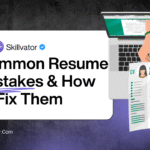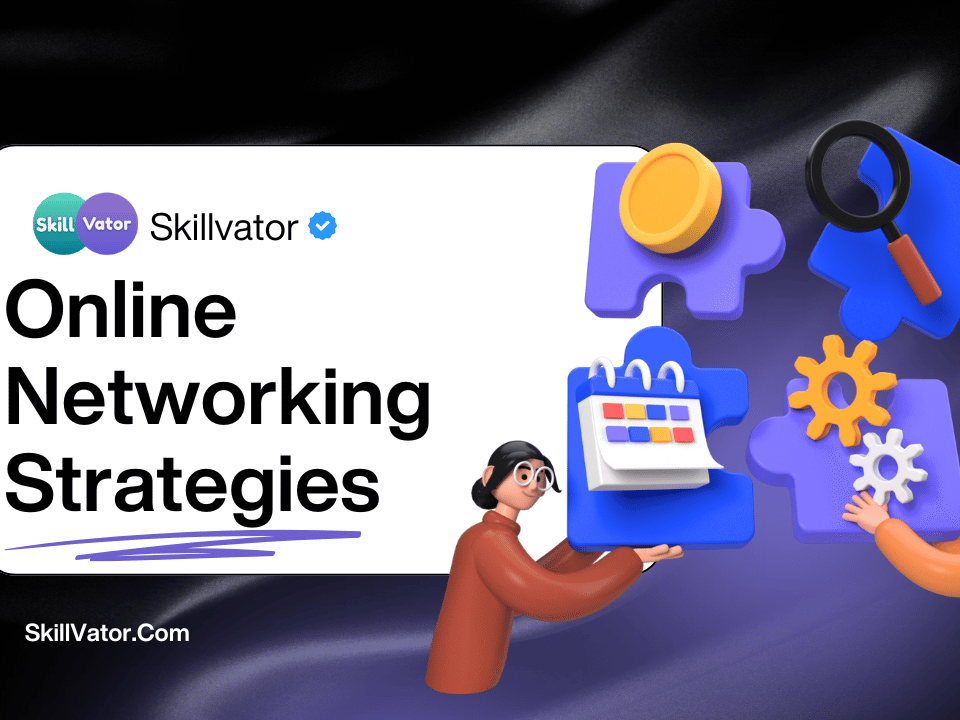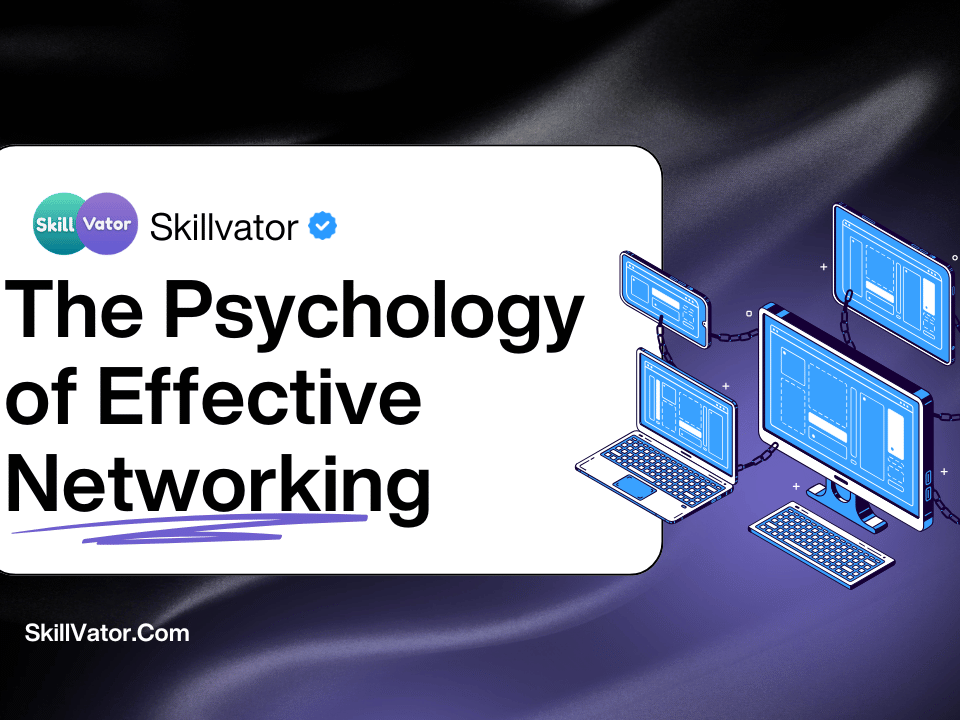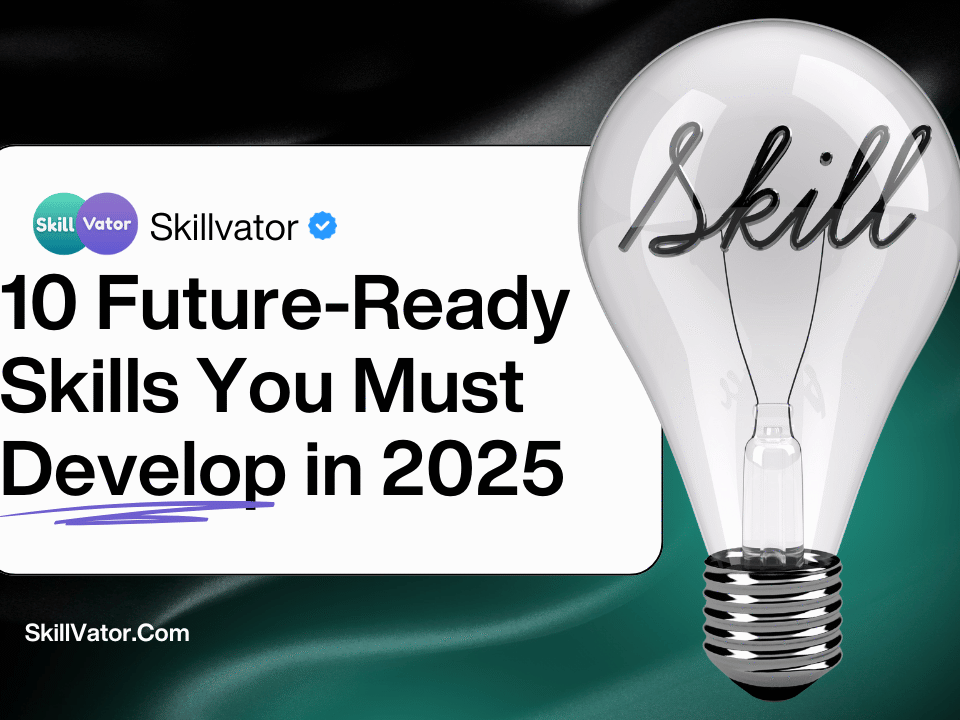Choosing the Best resume format is key to career growth. Learn which resume template works best for different job roles and how to beat the ATS
Hi I’m Raha Heydari and You’re Welcome to Skillvator! As a career development professional, I know that your resume is the first impression you make on a potential employer. While a compelling story of your skills and accomplishments is vital, the format you choose is the framework that holds it all together. The right structure can make your resume easy to read for both a recruiter and an Applicant Tracking System (ATS), instantly boosting your chances of landing an interview.
This article serves as a deep dive into one of the most critical topics we cover in our comprehensive guide, [The Ultimate Guide to a Resume That Gets You Hired in 2025]. In this guide, we’ll walk you through the best resume formats for different job roles, ensuring your professional experience is presented in the most impactful way possible.
Choosing the Right Resume Format: Your First Strategic Move
Before you even begin writing, you need to decide on a resume structure. The three primary resume formats are:
- Chronological: The most traditional format, it emphasizes your work history and career progression.
- Functional: This format highlights your skills and abilities, de-emphasizing the timeline of your professional experience.
- Hybrid (or Combination): A versatile format that blends the best aspects of both, showcasing key skills at the top before detailing your work history.
Your choice of resume format should be a strategic decision based on your unique work history, the specific job role you’re targeting, and the industry you’re in.
Free Resume Templates
purple Background Skillvator CV Resume
Green professional modern CV resume Skillvator
The Chronological Resume Format: Ideal for Steady Career Growth
This is the most common format, trusted by recruiters and hiring managers because of its clarity and ease of navigation. It lists your work experience in reverse chronological order, starting with your most recent job.
A chronological resume, also known as a reverse-chronological resume, is a document that lists your professional experience in order of time, with your most recent or current role at the top. The focus is squarely on your work history, showcasing your job titles, employers, and the dates of your employment.
This format provides a clear, easy-to-follow narrative of your career progression. It tells a story of how you’ve moved from one role to the next, demonstrating a history of increasing responsibility, skill development, and loyalty.
Why Recruiters and ATS Prefer It
The reason the chronological format is so popular is simple: it’s what they’re used to. Recruiters and hiring managers spend an average of just six seconds scanning a resume. The familiar layout of a chronological resume allows them to quickly find the information they are looking for, such as:
- Your current and most recent job title (to see if you’re a good match for the role)
- Your company names (to assess the reputation of your previous employers)
- The dates of your employment (to check for career stability and progression)
This structure is also highly compatible with Applicant Tracking Systems (ATS). These software programs scan resumes for keywords and specific data points. The standardized, clean structure of a chronological resume makes it easy for an ATS to parse and categorize your information correctly, increasing the likelihood that your resume will make it to a human reader.
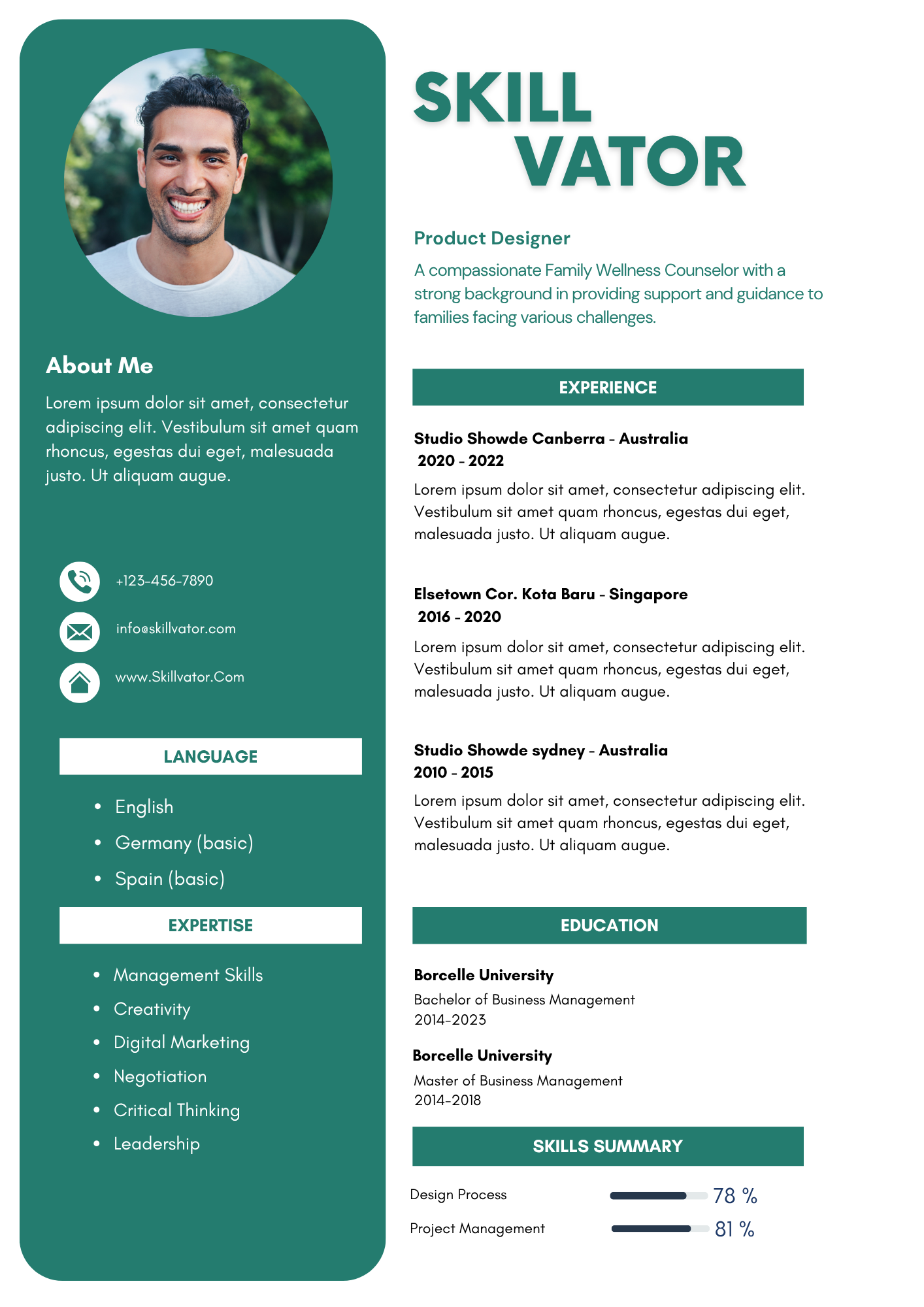
Key Sections of a Chronological Resume
A typical chronological resume includes the following sections, in this order:
- Contact Information: Your name, phone number, email, and a link to your LinkedIn profile.
- Professional Summary or Objective: A brief 2-4 sentence summary that highlights your most relevant skills, experience, and accomplishments.
- Work Experience: This is the core of the chronological resume. Each entry should include:
- Job Title
- Company Name & Location
- Dates of Employment
- A list of 3-5 quantifiable accomplishments using strong action verbs (e.g., “Increased sales by 15%,” “Managed a team of 10,” “Reduced project costs by $500k”).
- Education: Your degree, university, and graduation date.
- Skills: A list of your hard and soft skills.
When to Use This Format
The chronological resume is the ideal format for you if:
- You have a steady career path: Your job titles and responsibilities have shown a consistent upward trajectory.
- You are staying within the same field: Your past experience is highly relevant to the new job you are seeking.
- You have minimal or no employment gaps: This format can unintentionally draw attention to periods of unemployment.
- Your most recent experience is your most impressive: The reverse-chronological order ensures your latest achievements are seen first.
In essence, a well-crafted chronological resume is a powerful tool that tells a clear, confident story of your professional journey, making it the perfect choice for showcasing a steady career filled with growth and success.
This format is perfect for:
- Professionals with a long, consistent work history in a single field.
- Individuals seeking a promotion or a lateral move within their current industry.
- Those with a clear and impressive career progression they want to highlight.
Key features of a chronological resume:
- A professional summary or objective at the top.
- A detailed “Work Experience” section that lists previous jobs with start and end dates.
- Bullet points under each job title that describe your responsibilities and achievements.
Functional Resume Format: Highlighting Skills for Career Changers
The functional format shifts the focus away from your work experience and puts your skill set front and center. It’s often used by those who don’t have a clear, linear career path.
This format is ideal for:
- Career changers who want to show how their skills are transferable to a new field.
- Recent graduates with little professional experience.
- Individuals with employment gaps who want to draw attention away from their timeline.
Key features of a functional resume:
- A prominent “Summary of Skills” or “Professional Accomplishments” section at the top.
- Skills are grouped by theme (e.g., “Digital Marketing,” “Project Management”) with bullet points showcasing your abilities.
- A brief work history section that may only include company names and dates, without detailed job descriptions.
Hybrid or Combination Resume Format: The Best of Both Worlds
A hybrid resume is a powerful option for professionals who have a wealth of skills to highlight but also a strong work history to back them up. It starts with a skills summary similar to a functional resume but also includes a detailed chronological work history section.
This format works well for:
- Professionals with diverse skill sets.
- Individuals with an impressive skill set who want to make sure it’s seen by both hiring managers and Applicant Tracking Systems (ATS).
- Job seekers who want to transition to a new role while still leveraging their past experience.
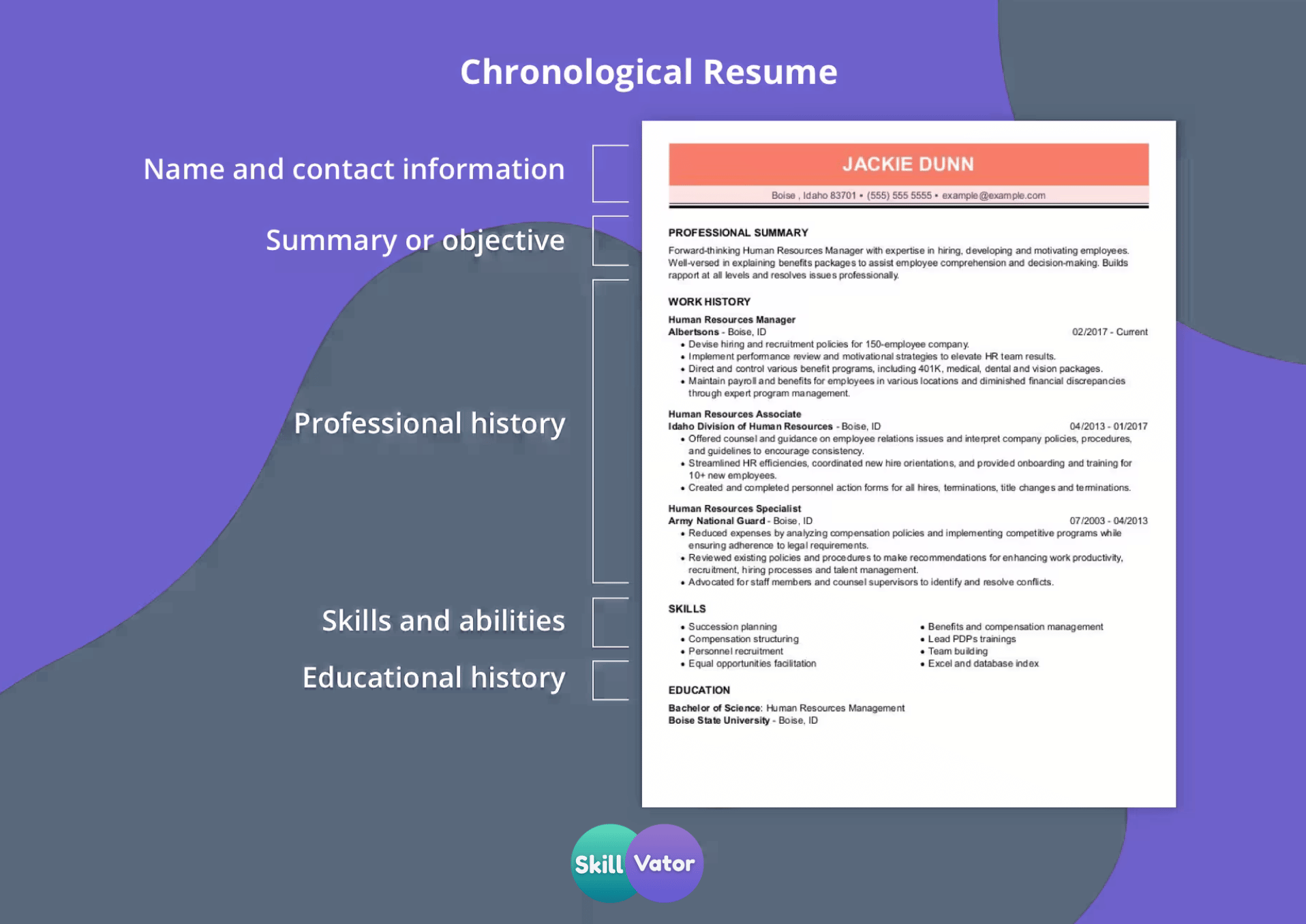
Best Resume Formats for Different Job Roles & Industries
People Also Asked About Best Resume Format
- What is the best resume format for an ATS? The chronological and hybrid formats tend to be most compatible with Applicant Tracking Systems (ATS). Their clear, standardized structure with keywords makes them easy for the software to parse.
- Can I use a resume template I find online? Yes, using a professional resume template is highly recommended. It ensures a clean design and correct formatting. Just be sure to customize the content to your specific experience.
- How does a resume format help me land a job? A well-chosen format makes your resume scannable and easy to read. It guides the reader’s eye to your most impressive qualifications, whether that’s your skills or your work history, making a stronger first impression.
- What’s the difference between a resume and a CV? A resume is a concise, one-page summary of your skills and experience. A CV (curriculum vitae) is a longer, more detailed document, often used in academia, that includes a comprehensive list of all your publications, awards, and certifications.
The format you choose for your resume is a foundational decision in your career skills development. By understanding these different structures and aligning them with your professional story, you’ll be one step closer to crafting a powerful document that truly reflects your value. At Skillvator, we’re here to help you make these strategic choices and succeed in your job search.


